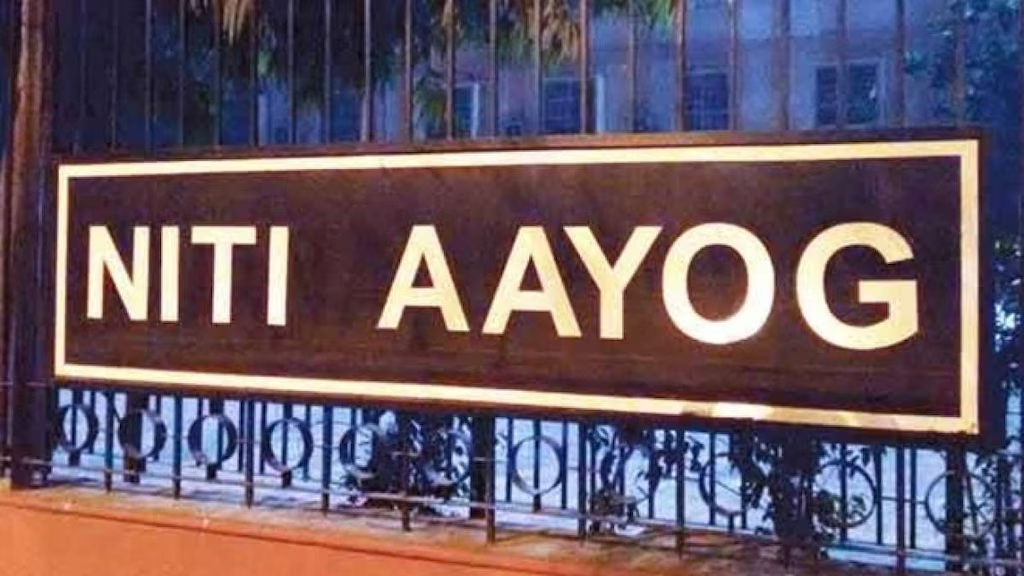Soyabean prices rule below MSP despite import duty hike

In September, the agriculture ministry approved the purchase of 3.22 million tonnes of soyabean after mandi prices fell below the MSP due to low import duties on edible oil.
Mandi prices of soyabean remain below the MSP, despite the government’s import duty hike on edible oils seven weeks ago.
Mandi prices of soyabean remain below the MSP, despite the government’s import duty hike on edible oils seven weeks ago.
Official sources told FE that average mandi prices of soyabean currently is ruling in the range of Rs 4500 to Rs 4700/quintal against the MSP of Rs 4,892/quintal announced for the 2024-25 season (July-June).
So far agencies such as farmers’ cooperative Nafed and National Cooperative Consumers Federation of India (NCCF), have purchased 26,442 tonne of soybean from farmers in Madhya Pradesh, Maharashtra, Rajasthan, Karnataka, Gujarat and Telangana under the at MSP under the price support scheme (PSS) of the agriculture ministry in the kharif 2024.
Soybean Procurement Picks Up as MSP Arrivals Increase Amid Higher Moisture Content
“Procurement of soyabean at MSP is currently picking up and there has been higher moisture content in the crop arriving in the market due to rains prior to the harvesting of the crop,” an official said, adding that arrivals usually peaks during the end of October-December.
In September, when mandi prices were below the MSP due to low import duties on edible oil, the agriculture ministry had approved the purchase of 3.22 million tonnes (MT) of soyabean from farmers in Madhya Pradesh (1.36 MT), Maharashtra (1.3 MT), Rajasthan (0.29 MT), Karnataka (0.1 MT), Gujarat (0.09 MT) and Telangana (0.05 MT) under PSS. In the previous kharif season, agencies had purchased 70,000 tonne of soybean from farmers at MSP.
The agriculture ministry has projected soyabean production in 2024-25 crop year (July-June) at 13.36 MT, 2.2% higher on year.
In September, the government had raised import duties on crude palm, soybean, and sunflower oils to 27.5% from 5.5%, while duties on refined edible oil rose to 35.75% from 13.75% aimed at boosting domestic production as the country imports about 58% of its edible oil consumption of 24-25 MT.
India’s Edible Oil Imports Set to Decline in 2024-25 as Domestic Oilseed Output Surges
This implies a net increase of 22% on both crude and refined edible oils, making imports significantly more expensive.
Currently, against an annual consumption of 29.2 MT of cooking oils, 12.69 M T is domestically produced which mainly include mustard, soybean and groundnut. Out of total annual imports of 16.5 MT of oil estimated at $ 20 billion, palm oil has a share of 60% while soybean and sunflower oils have 20% share each.
Meanwhile according to a Bloomberg report, India’s imports of edible oils will likely fall to 15 MT in 2024-2025 oil year against 16 MT in 2023-2024, on record oilseed crops including soybean and rapeseed, according to B.V. Mehta, executive director of the Solvent Extractors’ Association of India.
Imports of vegetable oil by India will be lower as the world’s top buyer is seen to have 3 MT – 4 MT of excess output of oilseeds, Mehta said on the sidelines of an industry conference in Bali,Indonesia.According to the Soybean Processors Association of India (SOPA), output of key oilseed variety, has increased to 12.6 MT in the current kharif season, nearly 6% increase on year due to favorable weather conditions.
In the last rabi season, despite having a record mustard production of 13.16 MT in 2023-24 crop year (July-June), the mandi prices were ruling below the MSP and the government agencies had purchased 1.2 MT of mustard from the farmers in key producing states of Haryana, Madhya Pradesh, Rajasthan and Uttar Pradesh.



 English
English Hindi
Hindi Kannada
Kannada Malayalam
Malayalam Tamil
Tamil Telugu
Telugu











